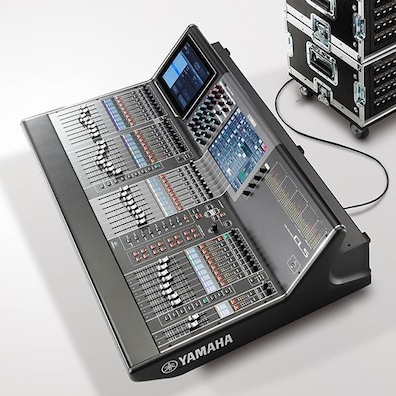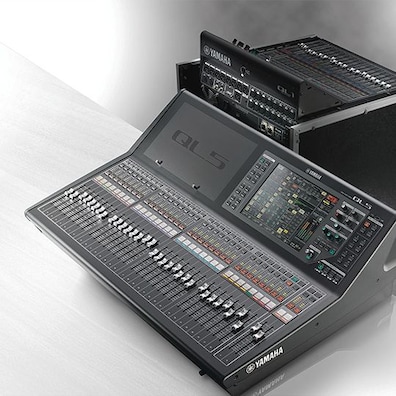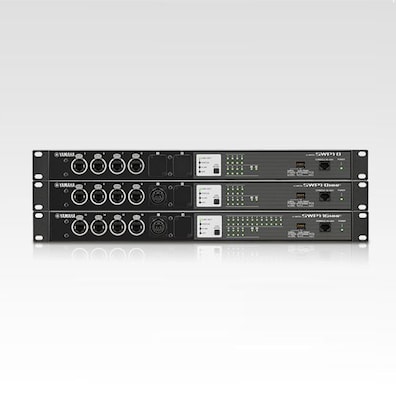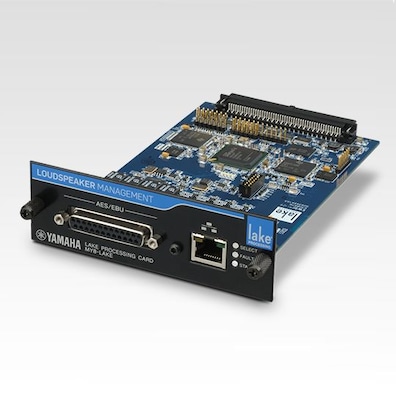Live and direct
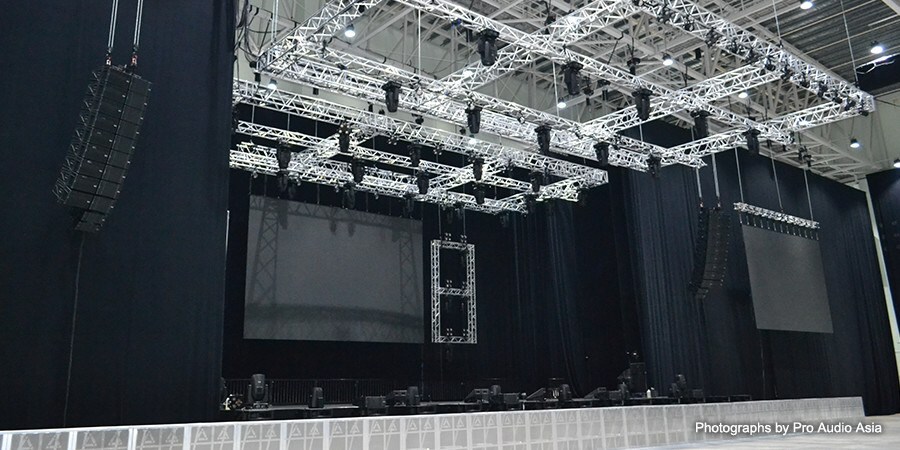
A live performance concept new to Singapore is looking to repeat its success in Japan. Caroline Moss investigates.

Zepp Hall Network has been part of the concert-going experience in Japan for the past 20 years. The concept, which permanently installs all Zepp venues with standardised sound and lighting systems and stage machinery, offers advantages to tour promoters and artists alike. Pre-equipped in this way, Zepp venues allow bands to turn up and play without having the hassle and expense of sourcing the equipment to stage a full production.
Now Zepp is branching out across Asia, starting with a new venue which opened in Singapore in April. Located on Level 3 of the Big Box complex in Jurong East, the Mega Box Event Hall has been remodeled to open as Zepp@Bigbox Singapore, a joint venture between Zepp Hall Network and Singapore-based Big Box Investment. Two more are planned to open in 2020 in Taiwan and Malaysia.

‘This came together because Big Box had the building, and Zepp had the experience,’ says Shinichiro Honda, hall director of Zepp@Bigbox, explaining that a pre-installed venue like this is unusual for Singapore, which is better known for smaller bars hosting live music, as well as traditional venues such as Esplanade - Theatres on the Bay.
‘It’s a bit of a different style, and will appeal to young people in particular. Bands can arrive in Singapore and come straight here. It’s ready to go, and they don’t have to worry about sound and lighting.’
Having worked in the music industry in his native Japan for almost 10 years, Mr Honda moved to China In 2007. ‘The market for live entertainment hadn’t really developed at this stage,’ he explains. ‘The country hosted the Beijing 2008 Summer Olympics and the Shanghai Expo in 2010 but nobody really knew what the possibilities were, going forward. Those possibilities were the main reason I moved to Shanghai, and soon I was setting up the MAO Live House performance venue in Shanghai. I quickly realised how important it was to maintain the technical quality of the equipment. So, when I heard that Zepp – which at that time was a 100 per cent subsidiary of Sony Music Entertainment Japan – had a plan to develop its concert hall model overseas, it really interested me.’
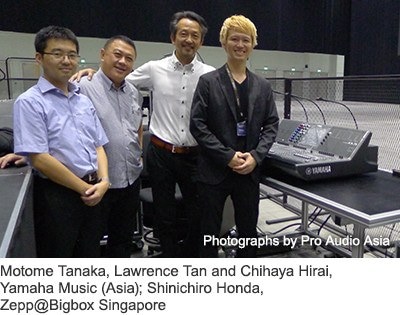
Mr Honda joined Sony Music Group in 2014, becoming part of a team set up to research expansion into other territories. The tie-up with Big Box came a year later, when the company’s real estate arm located at the Jurong venue.
Next came the decision on what equipment to install. ‘The Zepp Hall Network in Japan has a sound consultant, so I spoke to him and we decided together on a Nexo/Yamaha system for Singapore,’ says Mr Honda. This was a departure from the equipment setups in Japan, for a very good reason. ‘We needed a good support network, and Yamaha has subsidiaries throughout Asia, so they can offer very good support for their systems,’ he continues. ‘In addition, sound engineers in Japan are very familiar with Yamaha consoles, and everyone knows how to operate a CL5, which we’ve installed here at FOH. We wanted to open the doors to everyone, while at the same time, providing a very good sound quality. And that’s why we chose to use Yamaha consoles and Nexo speakers for our first overseas venture.’
According to Lawrence Tan, assistant general manager of Yamaha Music (Asia) which is also the local Nexo distributor, STM is the ideal choice for the venue, which is a large box that has a total floor area of 3,500m². ‘The STM is a very directional system, and very well controlled,’ he says. ‘It’s not dispersing onto lots of different surfaces, so it’s targeting the audience.’

Careful system design was carried out to reduce any problematic acoustic issues and to focus the audio where it needed to be. Nexo’s NS-1 configuration and simulation software was used to work out solutions to tackle tricky room acoustics. The team, including systems integrator Atelier Vista, worked closely with Nexo’s Nicolas Poitrenaud, who travelled to Singapore to help with system set up and alignment.
The system, designed to be highly efficient and energetic as befits a rock music venue, consists of nine per side STM M46 main modules and nine STM B112 bass units, hung two deeps. Two STM M28 omni purpose modules are suspended from each cluster to provide downfill, and 28 STM S118 subwoofers have been arrayed along the front of the stage to ensure an even coverage at low frequencies. Another five STM M28 frontfill boxes are stacked on the S118s. The system is driven by Nexo NXAMP4X4s fitted with NX.DT104 Dante audio network cards.

On stage, eight PS15 R2 speakers and eight 45N12 line array wedges take care of monitoring, along with two Alpha side-fill cabinets, all driven by six Nexo NXAMP4X4s fitted with NX.DT104 with Dante audio network cards, which gives a grand total of 96 channel power amplifiers. Two Yamaha SPX2000 multi-effects units and two Yamaha MY8-LAKE DSP cards take care of signal processing. Yamaha CL5 digital mixers have been used for FOH and monitors, with a QL1 providing a main FOH system feed, and the entire system is connected by Dante via six Yamaha SWP1-16MMF network interfaces.
The Nexo cabinets are complete with touring dollies so the system can easily be derigged and redeployed in a different venue when required. An adjacent hall separated by moving partitions can join forces with the main space for bigger shows. ‘One of the reasons we installed STM was for its scalability,’ continues Mr Tan. ‘If the hall ever needs a bigger system, we can build it up. If there’s the need to open up the second hall, they can rent in a delay speaker stack, as additional Nexo STM systems are readily available to rent in Singapore. For smaller shows, we can reduce the size of the system, and there’s the possibility to deploy a part of it in a different area, so we could run two systems if we needed to.
Mr Honda is now involved with the day to day running of Zepp@Bigbox, working closely with concert promoters to fill the venue. ‘For the time being, we’re looking at one show per week,’ he says. ‘In Japan, we run at 80 per cent capacity, with a show almost every day, because there are so many domestic artists who want to play at our venues. In Singapore, where the local market isn’t currently as strong, we’re hoping to contribute to building up the local music industry, as well as attracting overseas talent.’
Japanese band The Radwimps kicked off proceedings at the venue’s grand opening in June, with a lineup of acts from across the region scheduled to play in the first few months. ‘Our musical policy will be very democratic,’ declares Mr Honda. ‘Of course, we will put on bands from Sony Music, but we will also take anyone who it feels right to have here.’
‘This has really created a new benchmark for Singapore,’ adds Mr Tan. And if Zepp Hall Network’s expansion plans continue, similar benchmarks are waiting to be created across southeast Asia.
Article contributed by Caroline Moss - Pro Audio Asia
Related Products
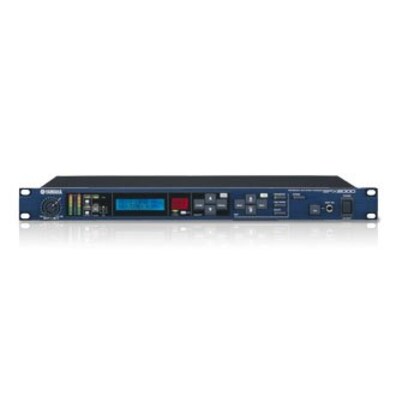
SPX2000
Yamaha의 인증된 SPX 멀티 이펙트 프로세서 범주의 정점에는, 무엇과도 비교 불가능한 Rev-x 리버브 알고리즘과 귀중한 클래식 이펙트를 재현하는 "Classic Bank"가 있습니다.
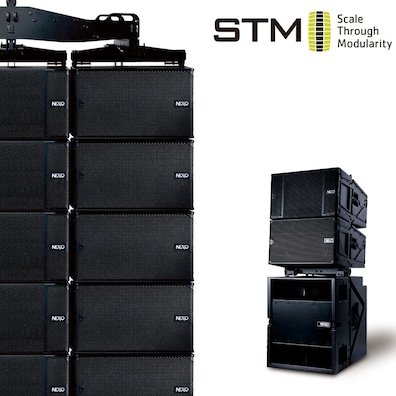
STM Series
From a simple ground stack to a massive stadium system, STM (Scale Through Modularity) delivers a new level of versatility enabling contractors to design a wide range of systems from just four core modules.
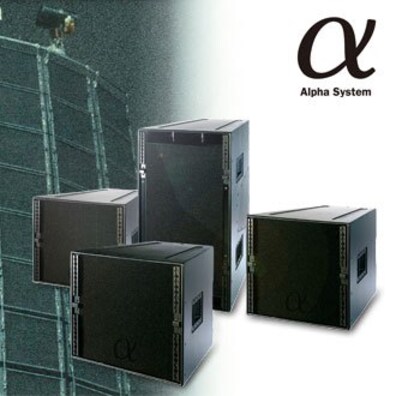
Alpha
The ALPHA System is a range of advanced technology modular, compact, high power loudspeaker modules tailored for a wide range of touring and installed sound reinforcement applications, from clubs and theaters to large scale live events.

45°N-12
The revolutionary NEXO 45°N Series is the world’s first line monitor product line, bringing all the benefits of line array technology to the stage.
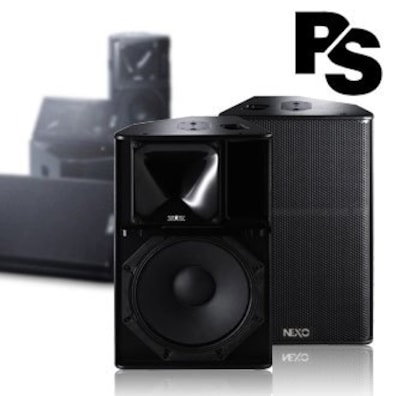
PS15
A high power system capable of producing 136dB Peak SPL, the PS15U-R2 Loudspeaker can be safely driven with up to 2000 Watts of amplifier power.

NXAMP
NXAMP is the complete integration of newly-developed high capability DSP processor and state-of-the-art power amplifier technology. NXAMP has higher DSP capability than NX242 and is compatible with all NEXO speakers. NXAMP monitors power voltage and currency of amplifier outputs, drives the whole system safely and maximizes speaker capability.


